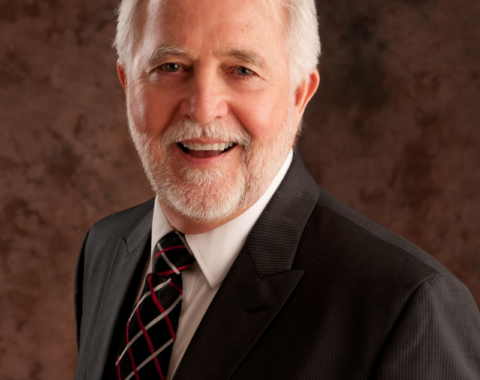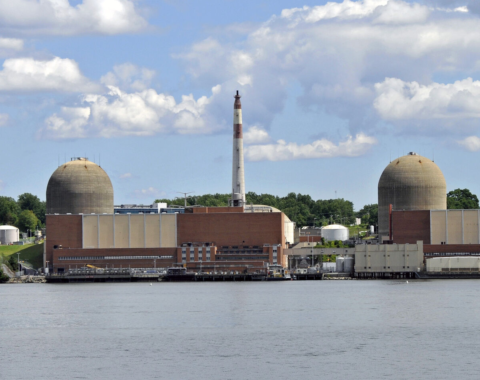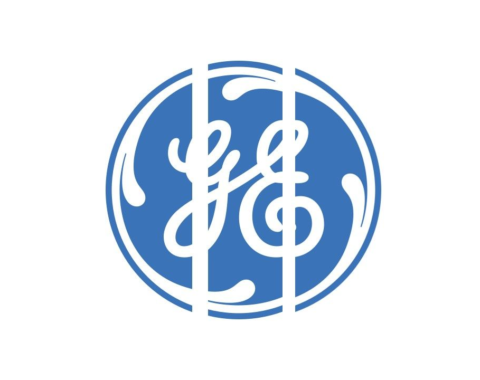Climate change has pushed states to cut their use of fossil fuels – moving to replace coal-fired plants with solar, wind and other renewable power sources. For some, it has been a struggle, as they do not have nuclear plants to help them achieve their carbon-free emission goals.
Due to this, many states are now pursuing nuclear power – planning for nuclear power to help them achieve their emission goals. One outlier is California which is still planning to shutdown Diablo Canyon Nuclear Plant – Unit 1 (2024) and Unit 2 – (2025). They have even had to move to natural gas in order to meet the electricity demands needed during last summer’s extreme heatwave, despite their movement to eliminate natural gas fossil plants, as well.
Despite 30 years of fear about nuclear power, nuclear has reemerged as an answer to fill the gap as states transition away from coal, oil, and natural gas to reduce greenhouse gas emissions and stave off the worst effects of a warming planet. A recent survey of energy policies in all 50 states and the District of Columbia, by the Associated Press, found that a strong majority— about two-thirds— say nuclear, in one fashion or another, will help take the place of fossil fuels. That momentum could lead to the first expansion of nuclear reactor construction in the U.S. in more than three decades.
However, those not planning to incorporate nuclear are instead leaning heavily on renewables and recent advances in battery energy storage, investments in the grid for high-voltage interstate transmission, and power from hydro resources. They believe the cost of new reactors compared to installing wind turbines or solar panels, the safety concerns, and the unresolved question of how to store hazardous waste are deal-breakers.
Proponents, acknowledge that nuclear isn’t risk-free but point to the U.S. safety record for nuclear power since Three Mile Island and add to it that the risks of falling short of our climate goals exceeds the risks of including nuclear as part of the answer for the zero-carbon energy mix.



